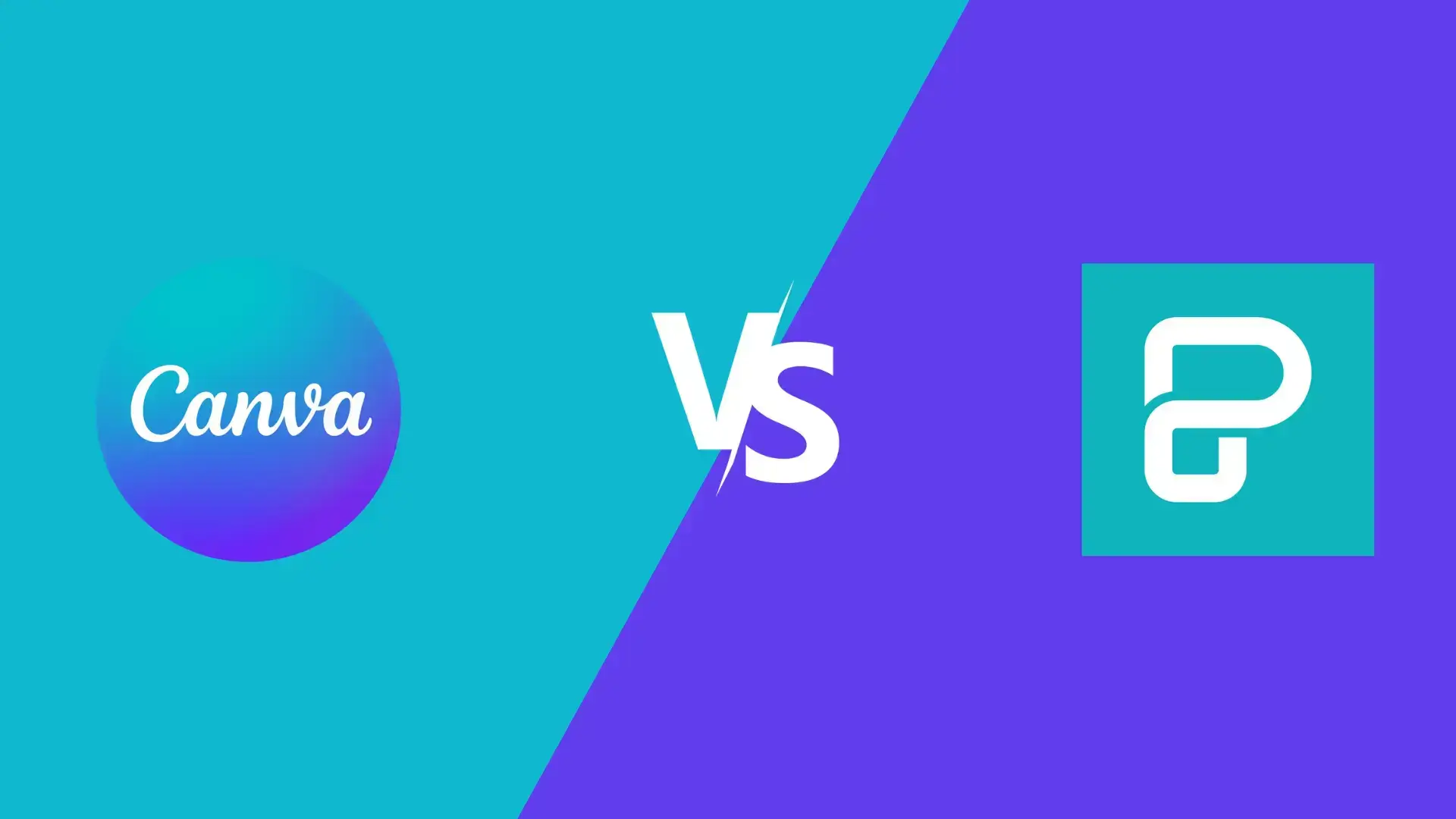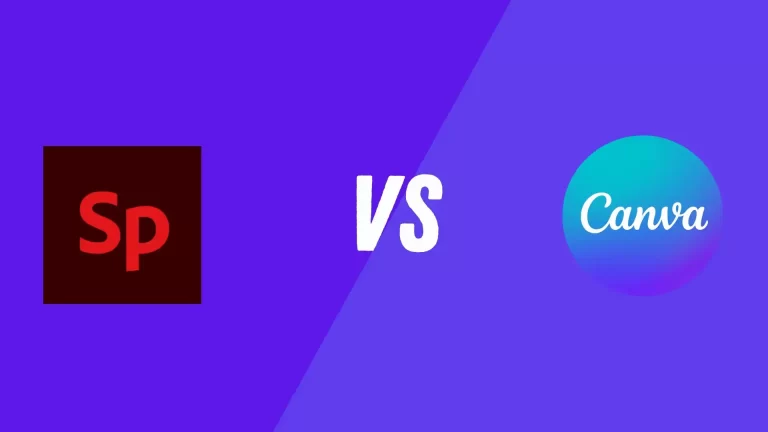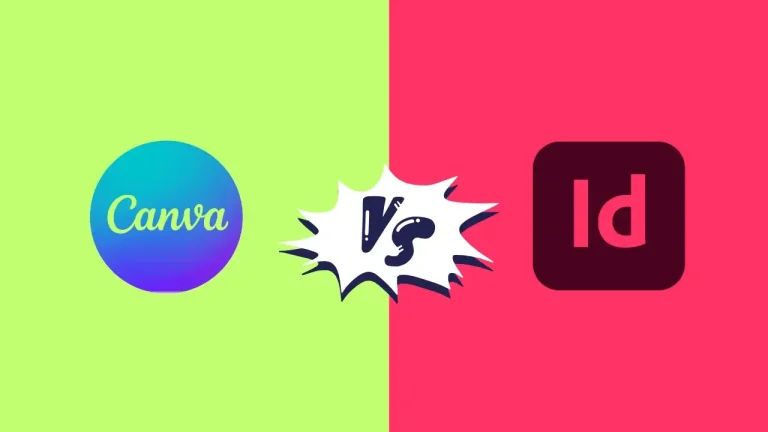Last Updated on October 10, 2023 by Adil
Introduction:
Canva vs Piktochart. both platforms offer a range of features that make creating stunning visuals and designs easy and efficient. When choosing the right online design platform for your business, you can’t go wrong with either Canva or Piktochart they both have some critical differences between the two that you should consider when making your decision.
Canva VS Piktochart: Interface
Canva is designed with an intuitive drag-and-drop interface, making custom designs fast and straightforward. Same as Figma. On the other hand, Piktochart offers a more traditional WYSIWYG (What You See Is What You Get) approach to designing visuals, allowing users to create more complex projects without needing any prior coding or design experience.
Ease of Use:
Both Canva and Piktochart are designed with ease of use in mind, making them both suitable for users of all skill levels. However, Canva’s drag-and-drop interface makes it easier to create visuals quickly and with minimal effort, whereas Piktochart requires more knowledge to produce polished projects.
Features:
Regarding features, Canva offers an extensive range of tools that make designing visuals effortless. It also provides an extensive library of templates, images, fonts, and illustrations. On the other hand, Piktochart has fewer features but is still well-equipped with plenty of design options, such as charting tools and interactive maps.
Templates:
Both platforms offer a generous selection of templates to create visuals for web and print use. Canva’s library includes over 10,000 templates, whereas Piktochart has slightly fewer, with around 8,500.
Compatibility & Requirements:
Both Canva and Piktochart are compatible with Mac and Windows systems and iOS and Android devices. They have minimum system requirements as well.
Pricing:
Canva offers a free plan with limited features, while its Pro subscription starts at $9.95/month when billed annually or $12.95/month when billed monthly. Meanwhile, Piktochart’s basic plans start at $15/month when billed annually or $19/month when billed monthly.
Integrations:
Canva supports a range of integrations with other services, such as Dropbox and Google Drive, while Piktochart only integrates with Dropbox.
Canva VS Piktochart: Collaboration
Both platforms allow users to collaborate in real-time on projects, allowing for effortless team collaborations.
Customer Support:
Canva offers 24/7 customer support via live chat and email, whereas Piktochart only offers limited customer service hours during the weekdays.
Pros & Cons:
In terms of pros and cons, Canva has features, ease of use, and pricing advantages. However, its lack of integrations may be a downside for some users. On the other hand, Piktochart is more expensive but offers more features and integrations than Canva. It also has better customer support hours.
Conclusion:
Ultimately, both Canva VS Piktochart are reliable platforms that offer plenty of options to create stunning visuals with ease. It all comes down to what you need from your design platform, so consider the above factors before making your decision.







